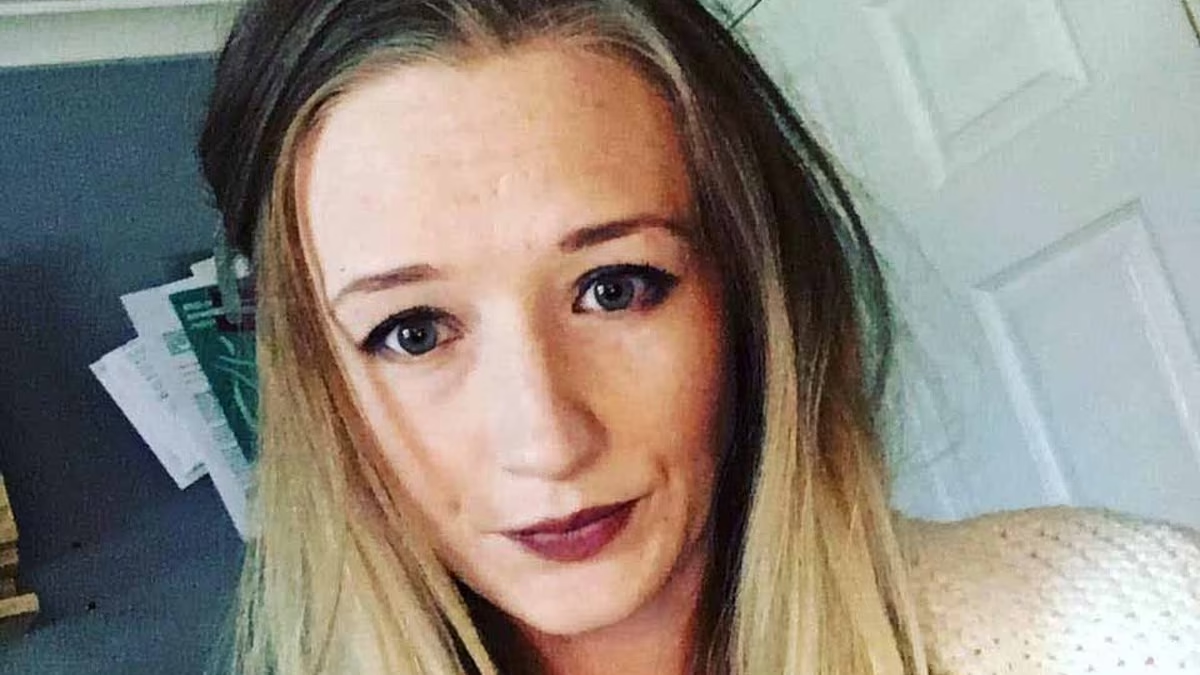The tragic story of Joanna Kowalczyk, a 29-year-old woman from the UK, has raised serious questions about the risks associated with chiropractic treatments, especially when pre-existing medical conditions are not properly reviewed.
Ms. Kowalczyk died following complications linked to chiropractic neck adjustments, an incident that has led to calls for stricter guidelines in the chiropractic profession.
Woman Dies After Chiropractor Cracked Her Neck
Joanna Kowalczyk’s health complications began in September 2021, when she experienced neck pain after a gym workout. She reported hearing a “crack” in her neck during the session, which led to acute discomfort.
Seeking medical help, she visited a hospital where a CT scan was conducted. Doctors suggested a lumbar puncture to rule out a possible haemorrhage, but Joanna Kowalczyk chose not to proceed with the procedure. Instead, she discharged herself against medical advice and turned to chiropractic therapy as an alternative.
Over the following four weeks, she underwent multiple chiropractic sessions. During her final appointment on October 16, 2021, Ms. Kowalczyk experienced alarming symptoms, including severe dizziness, double vision, tingling in her hand and foot, and speech difficulties.
Read : Woman Used Wigs Take UK Citizenship Test for at Least 14 People, Arrested
Despite the severity of these signs, she did not immediately go to the hospital. Later that day, paramedics were called to her home. They attributed her symptoms to a migraine, unaware that these could indicate a temporary stroke.
Ms. Kowalczyk’s condition worsened, and she was eventually admitted to Queen Elizabeth Hospital in Gateshead. Unfortunately, she passed away three days later on October 19, 2021.
Inquest Findings and Contributing Factors
An inquest into Joanna Kowalczyk’s death revealed that her condition stemmed from arterial dissections—tears in the lining of her arteries. While the initial dissection likely occurred during the gym workout, further damage was believed to have been caused by the chiropractic neck adjustments she received.
A significant finding during the inquest was that Ms. Kowalczyk had an undiagnosed connective tissue disorder, which made her more vulnerable to arterial dissections. This disorder, combined with her history of migraines and joint hypermobility, placed her at higher risk for complications during high-impact or forceful treatments such as chiropractic adjustments.
The coroner, Leila Benyounes, concluded that Joanna Kowalczyk’s death resulted from “a combination of the consequences of chiropractic treatment following a naturally occurring medical event.”

The lack of medical history review by the chiropractor played a crucial role in the tragic outcome. Despite being informed about her recent hospital visit and CT scan, the chiropractor did not request or review her medical records before proceeding with the treatment.
The inquest also highlighted systemic issues within emergency medical services. Paramedics who attended to Joanna Kowalczyk at home were unaware that stroke symptoms could subside temporarily, leading to a misdiagnosis of her condition as a migraine. This delay in recognizing the seriousness of her symptoms contributed to the tragic outcome.
Implications and Recommendations
Joanna Kowalczyk’s death has sparked discussions about the need for better safeguards in chiropractic practices and emergency medical care. One of the most pressing concerns raised during the inquest was the absence of mandatory guidelines for chiropractors to review patients’ medical histories before treatment.
The coroner issued a prevention of future deaths report to the General Chiropractic Council and the North East Ambulance Service, urging them to address these gaps.
Specifically, the coroner recommended that the General Chiropractic Council introduce updated guidelines requiring chiropractors to obtain and review medical records, especially when patients have undergone recent medical investigations or treatments.
The British Chiropractic Association’s consent form was also criticized for failing to prompt chiropractors to consider medical history. The coroner emphasized that obtaining a patient’s medical records should be a standard part of the assessment process, particularly for those presenting with complex or recent health issues.

In addition to these recommendations, the inquest highlighted the need for better training and awareness among emergency medical personnel. Recognizing the signs of a stroke, even when symptoms appear to subside, is critical for timely and accurate diagnoses. Improved protocols could potentially save lives in cases where early intervention is crucial.
Joanna Kowalczyk’s untimely death serves as a somber reminder of the risks associated with alternative medical treatments when proper precautions are not taken. Her case underscores the importance of reviewing patients’ medical histories and ensuring that healthcare professionals are adequately trained to recognize life-threatening conditions.
The coroner’s recommendations aim to prevent similar tragedies by improving safety standards within the chiropractic profession and enhancing emergency medical response protocols. However, the broader lesson lies in fostering collaboration and communication across different branches of healthcare to prioritize patient safety above all else.
While no guidelines can completely eliminate risk, implementing these measures could help ensure that patients like Joanna Kowalczyk receive the care and attention they need before undergoing treatment. Her story serves as a call to action for both medical and alternative healthcare providers to work together to prevent such devastating outcomes in the future.
let’s enjoy few years on earth with peace and happiness….✍🏼🙏

